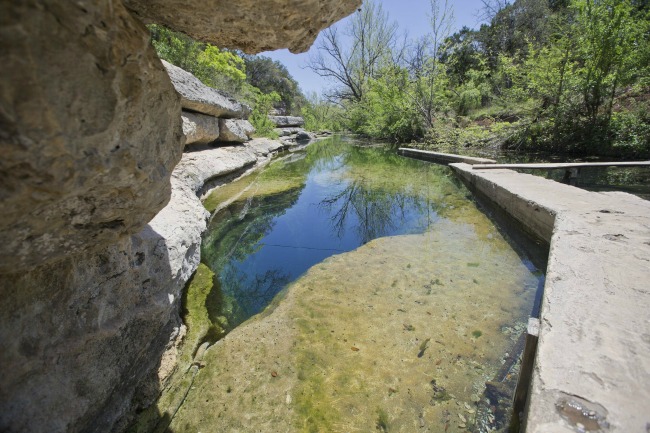
Groundwater is a large source of the fresh water that flows into streams and rivers. Water bottling manufacturers and agricultural practices require large amounts of groundwater every day. About 30% of all fresh water on Earth is made up of groundwater (USGS 2013d). Groundwater's significant role in contributing to freshwater flows in streams and rivers makes it important for estuaries.
Groundwater infiltrates the Earth's surface seeking the Earth's core, influenced by gravity (USGS 2013d). Water tends to continuously move vertically. If the water cannot penetrate any further vertically, its movement becomes more horizontal. Once water peculates into the ground, some travels close to the land surface in the water table and quickly emerges as discharge into streams and rivers (USGS 2013d). The water table is the point underground where the soil is saturated.
The ability of the water to reach greater depths depends on soil characteristics. The water underground fills the porous spaces between substrate particles. Larger particle sizes of materials such as rock hold more water than smaller particles sizes of materials such as clay and sand. Also, time plays a role in the movement of groundwater. Water closer to the surface moves back into the environment at a higher rate, whereas water further below the surface may take tens to thousands of years to move back into the ecosystem. Groundwater flow into streams and rivers contributes to the freshwater inflows reaching an estuary.